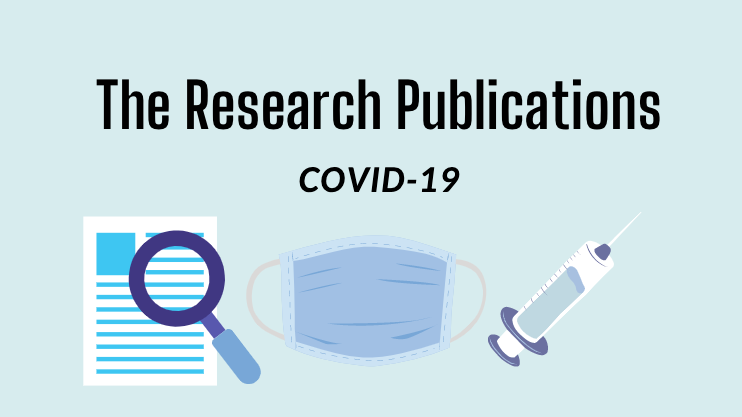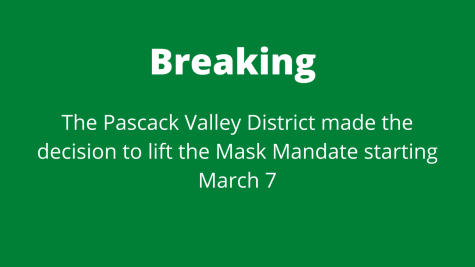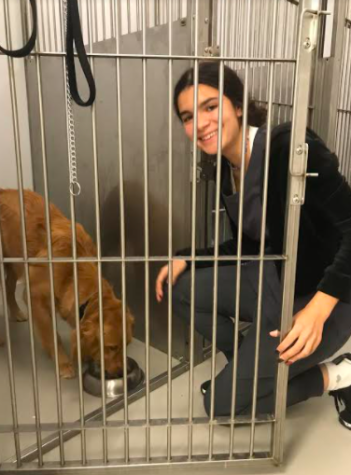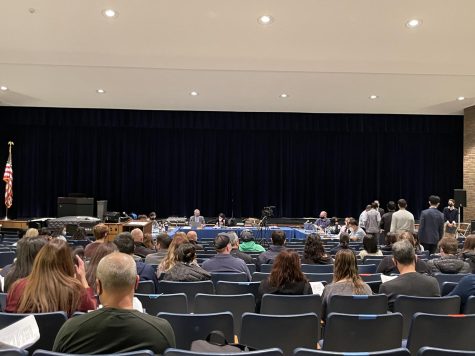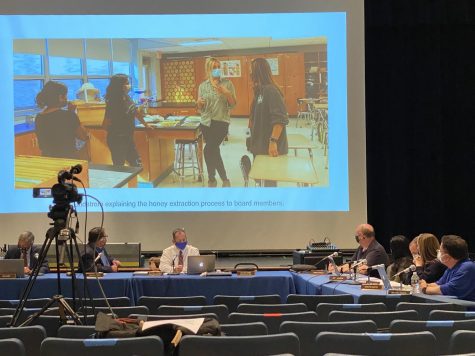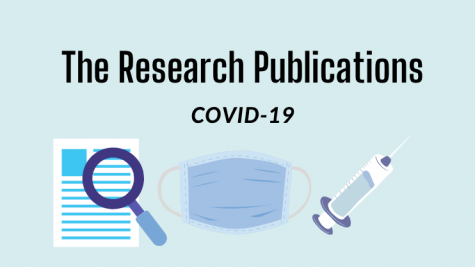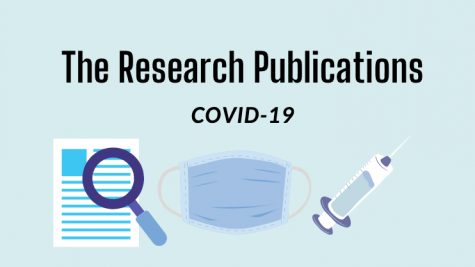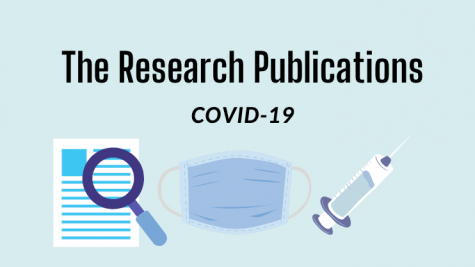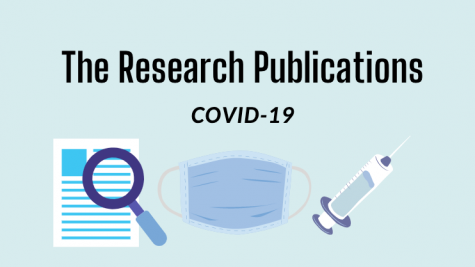When Will Those Under 16 be Eligible for the COVID-19 Vaccine?
The PV Student Publication has partnered with The Research Club to publish a series of research essays entitled “The Research Publications.” This essay dives into the history of the Moderna vaccine and when children under the age of 16 can get a COVID vaccine.
(Editor’s Note: The PV Student Publication has partnered with The Research Club to publish a series of research essays related to topics of COVID-19. All research essays are written and fact-checked by members of the Research Club, and The PV Student Publication is rolling out these essays as a service to our community. This essay dives into the history of the Moderna vaccine and when children under the age of 16 can get a COVID vaccine. This paper is written by sophomore Matthew Yakir, fact-checked by junior Ben Carter, and edited by senior Elise Schicker.)
In America, the COVID-19 pandemic has been raging on for a little over a year now. However, since the shutdown on March 13, 2020, a lot of progress has been made in stopping the spread of the virus and rendering its symptoms less harmful. Several vaccines have been approved in the States and some of the population has begun to be vaccinated. However, children under the age of 16 are still not allowed to get the vaccine. In this article, we will be primarily focusing on the Moderna variant of the vaccine and what they have been doing to make the vaccine accessible to kids.
We must first take a look at what the Moderna vaccine is and the history of it. The Moderna brand vaccine is a type of vaccine called an mRNA vaccine [2] [4] [5] [7] [9] [17], this type of vaccine has been used for viruses such as the flu, Zika virus, and rabies[20]. The mRNA of the Moderna vaccine gives the instruction to your cells to make something called a “spike protein”[4] that is unique to SARS-CoV-2.[19] Your immune system then sees the protein and recognizes it as foreign, so it builds up an immune response to combat it.[4] [7]
Believe it or not, the first person in the United States to receive the vaccine (as part of the phase 1 trials) received it on March 16 of 2020 [3]. Researchers at Moderna had started to work on the vaccine when they were able to use the sequenced DNA of the virus after it had been discovered in Wuhan, China. The first trial included 30,420 participants and had a 1:1 ratio of who would receive the vaccine and who would receive a placebo [8][9]. Since then, the demographic of who can get vaccinated has greatly increased.[10] It now includes anyone who falls in the following categories: healthcare workers, residents of or workers in care facilities, first responders, individuals over 65 or those between 16-64 who have certain medical conditions, educators or childcare workers, public safety workers, or those in transportation, members of tribal communities, and those living in shelters [10]. Overall, the Moderna vaccines have proven to be very effective, having an almost perfect efficacy of 94.1% [8] [9] [11]. However, there are some side effects to the vaccine such as pain and swelling in the arm that got the shot as well as tiredness, headache, muscle pain, chills, fever, and nausea. [1][12] [13] [16]
Now, while all the trials and tests have been proven effective on those 18 and over for Moderna, what does this mean for minors getting the vaccine? Well as of right now, there is no clear answer [15] [18]. Moderna has begun trials on children aged between 6 months and 12 years old [14] [15] [16], but the best estimate we can get for full vaccination is sometime in the fall or winter of 2021. [18] Moderna has also not done any trials on those aged between 12 and 18. Fortunately, the results of those trials are expected to be the same as the results of the fully adult trials. [17] The reason that Moderna began testing the younger children first is that the immune system of a child is different from the immune system of an adult, so while the efficacy results are expected to be similar, they do want to monitor for other side effects. [13] [14][15] [17] [18] Moderna has also had to change the size of the dosages of the vaccine. Depending on the child’s age, they will receive either 25, 50, or 100 micrograms [16]. This, however, does not impact the number of dosages as each child will still receive two shots of the vaccine[16]. So as of right now, it is impossible to tell when the younger generation will be able to get vaccinated against COVID-19. The earliest estimates are for late 2021 [18]; however, it is much more likely that they will become publicly available in early 2022.
So what is now known about the Moderna brand of the vaccine? Well, it is a type of vaccine called an mRNA vaccine. This means that it uses messenger RNA to bring immunity instead of a dead or weakened version of the virus[2] [4] [5] [7] [9] [17]. It is also known that initial trials were started very early into the pandemic and they proved to be very effective [8] [9] [11]. Finally, what is not fully known is when the general population of children will be able to get vaccinated. Tests still need to be done to see what the side effects can be and how effective they are in a child’s body[13] [14][15] [17] [18].


